Search for answers or browse our knowledge base.
We rely on our generous community to create a lasting impact and ensure the continuous operations of your Masjid as the gathering place, school, and house of worship for Muslims across the Triangle.

Those who spend their wealth in charity day and night, secretly and openly—their reward is with their Lord, and there will be no fear for them, nor will they grieve.”
– The Holy Quran 2:274
Copyright © 2025 Islamic Association of Raleigh. All rights reserved.